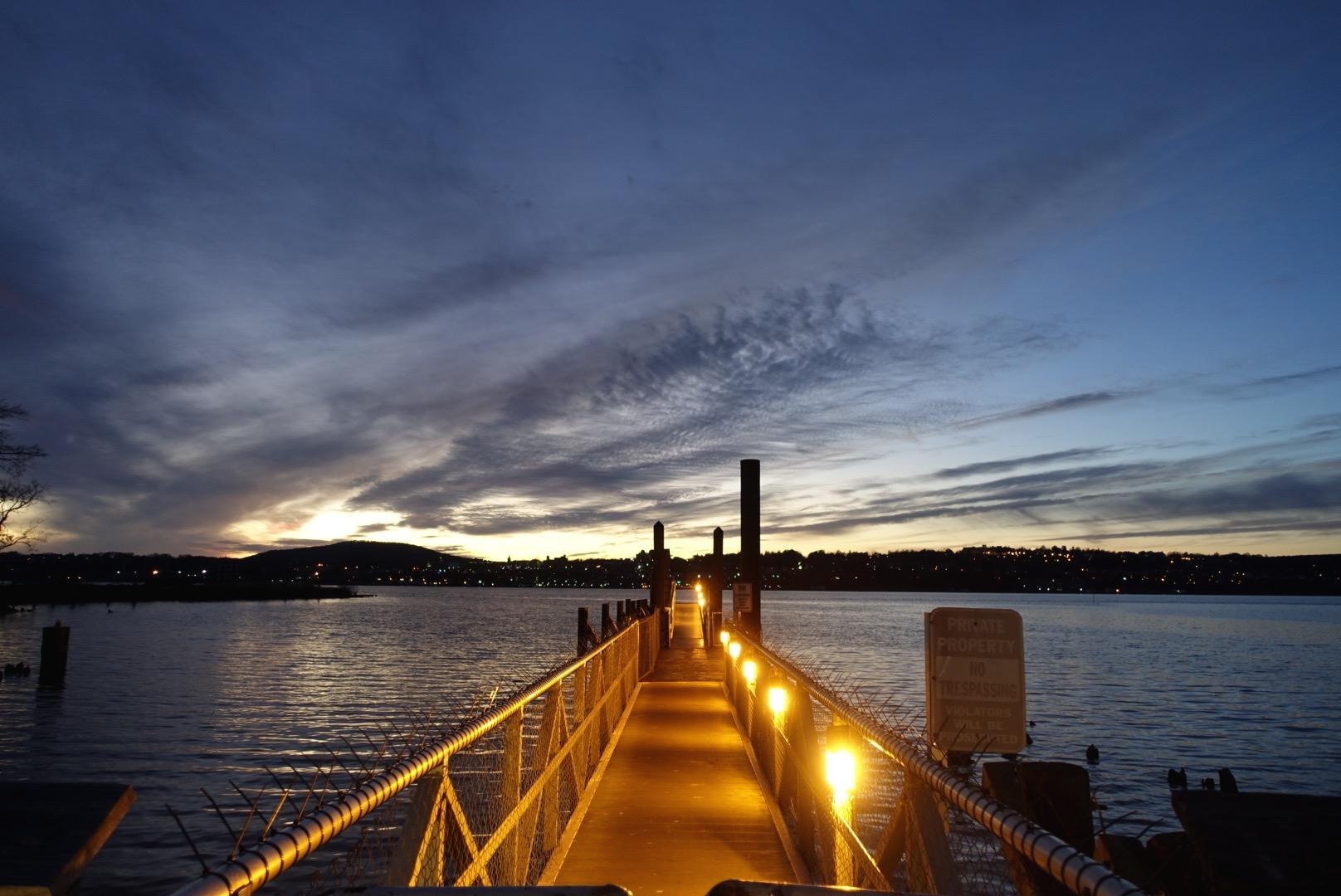| 일 | 월 | 화 | 수 | 목 | 금 | 토 |
|---|---|---|---|---|---|---|
| 1 | ||||||
| 2 | 3 | 4 | 5 | 6 | 7 | 8 |
| 9 | 10 | 11 | 12 | 13 | 14 | 15 |
| 16 | 17 | 18 | 19 | 20 | 21 | 22 |
| 23 | 24 | 25 | 26 | 27 | 28 |
- 양
- 애니멀브리딩
- Dressage
- holstein
- 우유
- veterinary
- 수의대생
- 동물
- 젖소
- 농장동물
- 웰츠
- Cattle
- 동물 복지 농장
- 돼지
- 동물복지
- Anglo-Arab
- 가축육종학
- 소
- 수의대
- 수의해부학
- 염소
- 수의학
- 동물복지인증
- 수의사
- beef cattle
- 산업동물
- 동물육종학
- vet medicine
- animal breeding
- cow
- Today
- Total
VET space / 수의대생 블로그
Main reproduction features of the horse 말의 생식 기능 특성 본문
Main reproduction features of the horse 말의 생식 기능 특성
에플쓰는 루카 2020. 8. 15. 01:11A2. Main reproduction features & traits of the horse (breeding season, raising foals) Reproductive traits of horse (= are polygenic traits, quantitative characteristic)
Puberty: Occurs btw 16-18 months
- Full sexual maturity reached by 2+ years (ave btw 3-5 years)
General reproductive features
- Uniparous (producing only one egg or offspring at a time)
- Low reproductive potential
- Late puberty
- Seasonal sexual activity
- Mares are seasonally polyestrous, except Camargue horse (v. short season, essentially monoestrus).
[polyestrous: having more than one period of estrus in a year.]
- Frequent miscarriages
- Low pregnancy rate
Breeding season: Feb-August
- Fertility is highest in March-June
Ovarian cycle of mare (female horse)
- Cycle length: 20-21 days
- Biphasic with luteal phase
Ovulation: Normally spontaneous
- Occurs during last phase of heat (4th/5th day) 1 (occasionally 2) egg(s) per ovulation
- Twin ovulations rarely occurs
- Consequences of twin ovulations, resorption, abortion (30%)
- Twin-pregnancy is rare & undesirable (it’s a pathological trait)
Heat (oestrus): sexual activity during the estrous face of the cycle
- Lasts 3-5 (7) days
- Foal heat (9th day after foaling)
- In species with estrous cycles, females are generally only sexually active during the estrus (oestrus) phase of their cycle. This is also referred to as being "in heat." In contrast, females of species with menstrual cycles can be sexually active at any time in their cycle, even when they are not about to ovulate.
- May be used for mating, Fertile in 50% of cases
Heat signs
- Relaxed, hyperemic external genitals (hyperemia- high blood volume in the external genitals)
- Frequent urination, Raising tail, Mucous discharge, Desire for company, Presenting to teaser stallion, Teasing of other mares
Practical heat detection
- Live cover Mare is ‘teased’ several times with a teaser stallion. Mares in heat will generally tolerate teaser or present herself to him
- Veterinary determination -> Ultrasound/palpation; measuring hormone levels (LH, progesterone)
Frequent disorders:
- Anovulatory cycle (only follicular phase)
- Persistency & atresia of follicles: break down of ovarian folicles (damaged or destroyed)
- Prolonged cycles
- Short, “split” & silent heat (common in early & late season, signs of sterility)
Covering
- Live cover (required for all Thoroughbreds)
- AI (artificial insemination)
- Semen is collected using an artificial vagina (AV) & processed in a laboratory before freezing/chilling & transporting
- Plastic catheter is used intrauterine deposition of semen
- Semen motility of 50% + is successful
- Conception rate is 60-80%
Advantages of AI
- No contact between mare & stallion, No accidents, Reduces spread of venereal disease, International breeding programs are possible, Less stress to animals (no travel required), More mares can be mated to a valuable stallion, Allows line breeding -> Semen can be stored long after death of a valuable stallion
Gestation (pregnancy)
- Gestation period: 310-360 days of pregnancy
- Maintained by accessory corpus luteum, eCG (PMSG) production (days 31-120) & placental oestrogens (4th-5th months onwards)
[eCG = equine chorionic gonadotropin. (PMSG)= pregnant’s mare serum gonadotropin]
Fertilization: Occurs in fallopian tube (uterine tubes)
- Embryo migrates to uterus after 4-5 days (intrauterine migration of embryo between horns is common during early stage)
Implantation: the stage where the embryo adheres to the walls of the uterus Around 40-50 days
- Delayed innesting is common causing longer pregnancies earlier seasonal mating
Pregnancy diagnosis
- Non-return: No heat after mating/AI (artificial insemination)
- Clinical signs – Vaginal & rectal observations/palpations
- Thick, mucous cervico-vaginal discharge
- Asymmetric uterus, foetal fluid & foetus (felt on rectal exam)
- Hormonal measurements – eCG, progesterone, oestrogens. (|ecg= equine chorionic gonadotropin)
- Ultrasound
- 14-45 days Spherical structure with embryo, vitelline veins, yolksac & allantochorion
Pseudopregnancy: Consequence of embryonic death after 35 days.
- Characterized by prolonged luteal phase & normal ecg production
- Hormones detection: hCG/GnRH -> Induction of ovulation
- PGF2a, gestagens (Regu-mate, PRID) -> Oestrus induction
Advanced reproductive techniques: May be used if an owner does not want to take a valuable competition mare out of training to carry a foal- Embryo transfer, Gamete intrafallopian transfer (GIFT), Egg transfer . Raising foals: can be artificially or naturally.
'Animal breeding[동물 육종학] > Horse[말]' 카테고리의 다른 글
| Genetic disease of horse. 말의 유전병 (0) | 2020.08.17 |
|---|---|
| Horse types 말 타입 (0) | 2020.08.16 |
| Role of training and racing horse breeding 말의 역할 (2) | 2020.08.14 |
| Utilization of horse (0) | 2020.08.13 |
| Evolution and domestication of the horse. 말의 가축화 (0) | 2020.08.12 |




